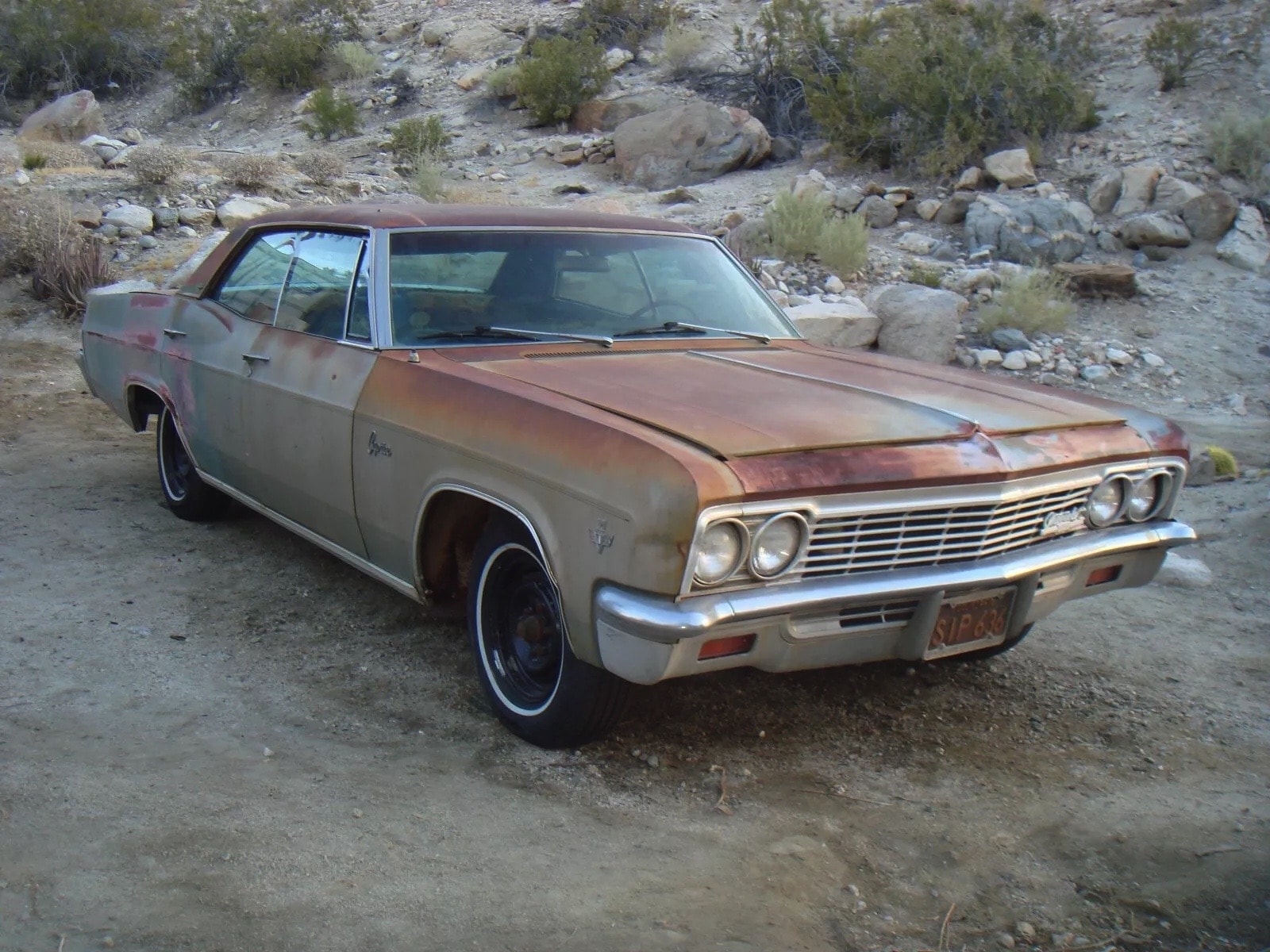The Chevrolet Impala’s groundbreaking sales achievement in 1965, surpassing one million units, marked a new era for the American automotive industry. Building on this momentum, Chevrolet strategically positioned the Caprice as a distinct model in 1966.
While quickly earning a reputation for opulence and refinement, the Caprice couldn’t replicate Impala’s staggering sales figures, with production peaking at 181,000 units in its inaugural year before declining. Both models shared a powerful engine lineup, culminating in the formidable 427 cubic-inch V8.

A particularly intriguing example of a Caprice has emerged, having spent three decades in storage within the protective confines of Southern California’s arid climate. This time-capsule automobile presents an enticing prospect for restoration enthusiasts. Its condition and specific engine configuration, potentially a 327 cubic-inch unit, remain unknown, adding an element of intrigue to this potential project.
The eBay listing for this 1966 Caprice touts it as an untouched time capsule, but a closer look reveals a more complex picture. While the seller downplays the extent of rust, a thorough inspection, including an undercarriage lift, is essential for any potential buyer planning a full restoration.
The car’s exterior boasts a distinctive patina marked by dents, likely appealing to enthusiasts seeking an authentic, unrestored look. However, the interior is in considerably worse condition, with the seats beyond repair and the cabin necessitating an extensive overhaul.

Given the car’s project status, the undisclosed mechanical condition, and the visible cosmetic imperfections, the $7,700 starting bid seems optimistic. For those eager to secure the Caprice without the auction process, a $8,700 Buy It Now option is available.
Ultimately, this 1966 Caprice presents an opportunity for a dedicated restoration enthusiast seeking a project with a unique patina. However, potential buyers should approach the car with realistic expectations regarding its condition and be prepared for the challenges and costs associated with a full restoration.

